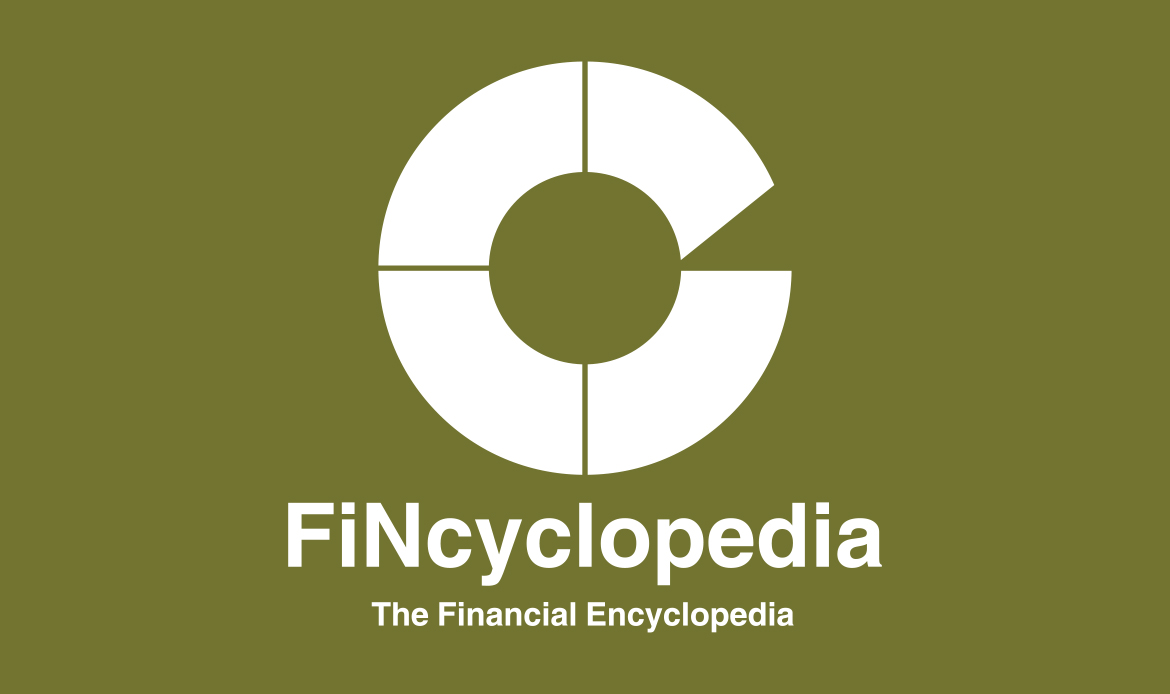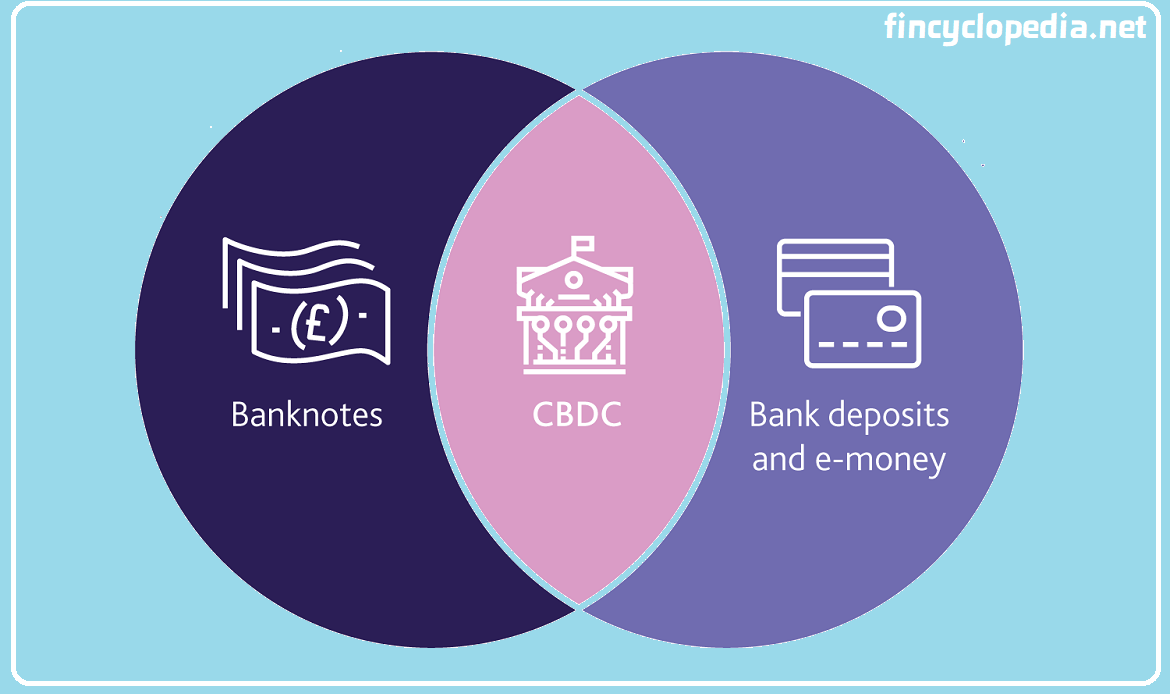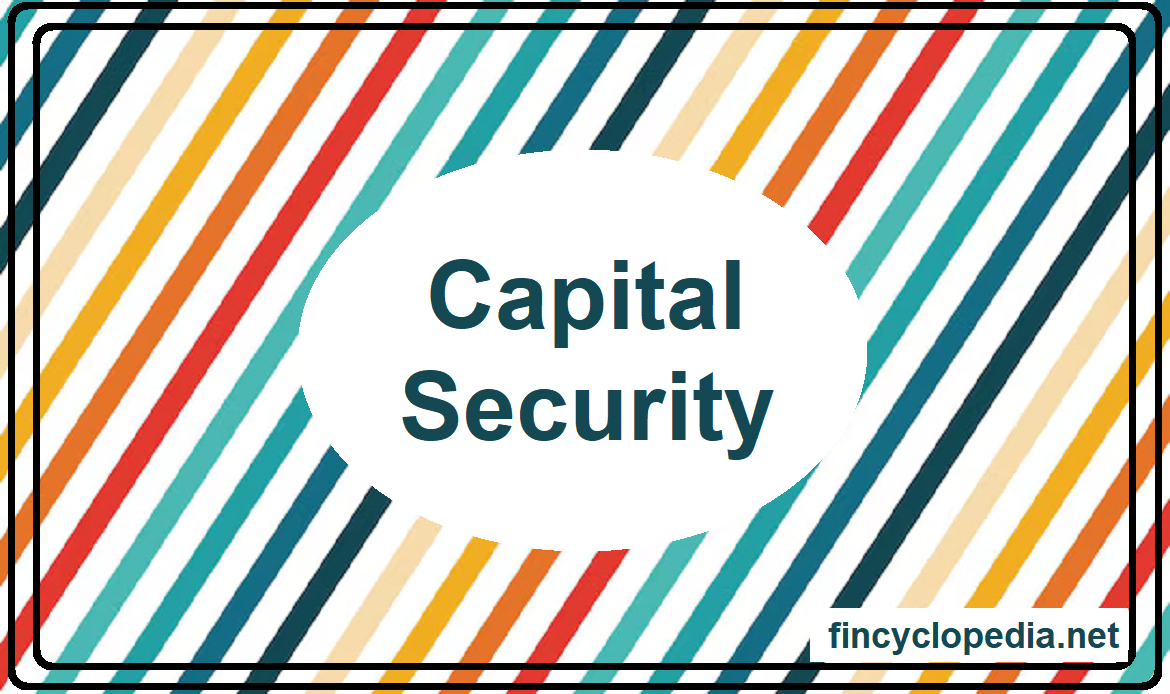A set of “unconventional” monetary policy tools whereby a central bank or monetary agency can aim to provide more credit and liquidity to the overall market, particularly at times of financial stress or systemic turmoil. Additional credit is extended by means of asset purchases (by a central bank) from the market. This leads to an increase in private loans and securities on the asset side of the central bank’s balance sheet). Credit easing (CE) results in lower interest rates and improved liquidity in the banking system.
Credit easing differs from quantitative easing (QE) in terms of the effect: in credit easing, the effect is an increase of a central bank’s assets (asset side), while in quantitative easing, a central bank’s reserves (liability side- i.e., bank liabilities) increase.






